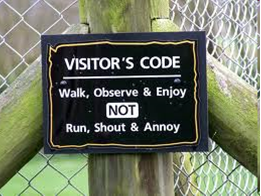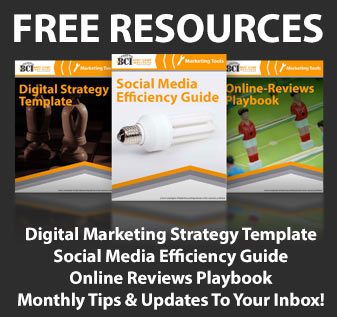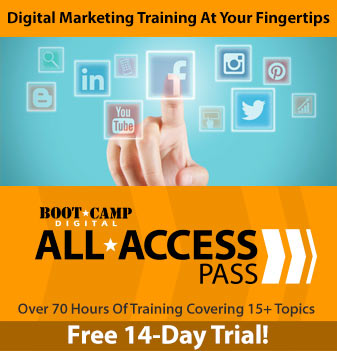Seriously, what is in it for me? That is what I care about. Whether it is your social media advertising, display ads or even traditional marketing. What is in it for me? Why should I click/buy/engage/friend/fan/like/follow/sign-up/give you my email/watch/listen/buy?
Not enough brands put their marketing through this litmus test when creating marketing materials. I ran a internet marketing training program for an advertising agency today and this was one of the key points that I stressed.
Attention is scarce – you have to earn it. And not by buying the ad space.

Many marketers and brand builders create content focused on what is in it for them. They get to promote their products, try to get me to buy or tell me about their wonderful benefits and features. That is what is in it for them. Telling me about your product and the awesome stuff you are doing might be interesting, but really, what do I get out of it? It is not inherently valuable for me to know about all of your charitable giving, or the great work that you produce. MAYBE if I already like you I occasionally want to learn about these things, but it normally isn’t great marketing content.
Traditional marketing messaging tells us to focus on the product benefits not the features. So instead of “my product does cleans teeth” say “My product gives you a beautiful smile and people will like you more”. In today’s marketing that isn’t good enough. Now you have to say “5 foods that ruin your teeth” or “what type of tooth brushes really clean best??” Marketing messaging in a digital world should focus on real and valuable content.
Brands focus on what is in it for them. Not the consumer. Brand-centric marketing doesn’t work well.
Here are how brands get it wrong.
A social media consultant told me that he worked with an auto body shop client and they were tweeting about all of the cars they fixed. Unless every now and again they do something really remarkable why would I care? What is in it for me? It is obvious what is in it for them – they get to showcase their work, but what is in it for me? Give me tips on car care or maintenance, tell me about deals and discounts or show me how to do something cool with my car.
Here is another example. Many companies (big companies) have started blogs about what they are doing in the community. They post a few times a week about their charitable efforts. Don’t get me wrong, it is great that they are doing charitable work, but the entire blog premise is about them promoting their nice charity work. What does a reader get out of it? Probably nothing, which is why the 5 of these types of blogs that I looked at had 0 comments. They are really just PR machines.
When creating marketing ask yourself what someone you are trying to reach gets out of it. Do they really get any value? Or is it really you getting the value.
The fix is usually small.
I recently switched my office supply company. Some sales people stopped into my office while they were visiting other customers in the building. I actually needed a new printer and they were able to give me a great deal, so I signed up with them. A few days later I got a phone call from the sales training manager. She asked me how the sales person was (apparently they are evaluating him) and I answered a few questions about him. I got off the phone and was kind of annoyed. They didn’t really care if I was satisfied with their product or service or if I was having problems, they interrupted my busy day to get information for themselves. Hmmm.
Here is how the experience could have been better. She could have opened by asking me if my order arrived on time and if I was happy with it. Then, she could ask about how my experience was with the sales staff. Did they answer all of my questions? Did I have any additional ones? By repositioning the questions to focus on my experience she could have got what she needed while making me feel like they really cared about me.































This really can’t be said enough. I’ve had this argument dozens of time with various managers in my company and in others. Inevitably, the person in charge will act like they don’t get it and go down their desired path, because in the end some people are on the side of the consumer, and some are on the side of business. Its REALLY hard to get someone to switch camps, even if you present data and information that all but proves your point. The real question, for me, is how do you convince someone who wants to hammer home a message without delivering value that their method is selfish and a weak way to build brand loyalty. Educated consumers are far, far past being loyal to a brand simply because they’ve heard the name a bunch of times.